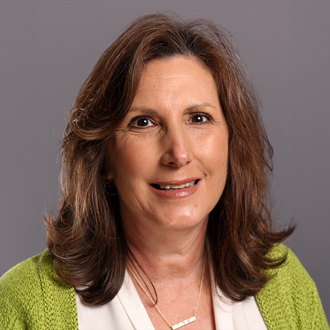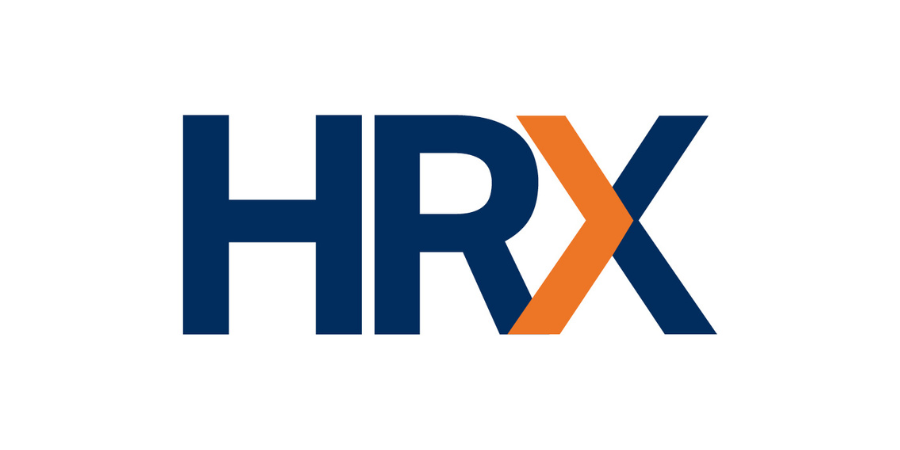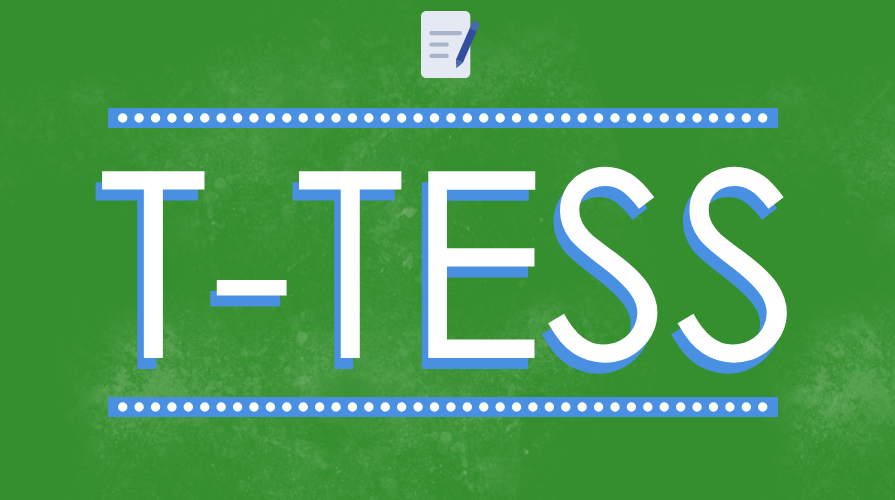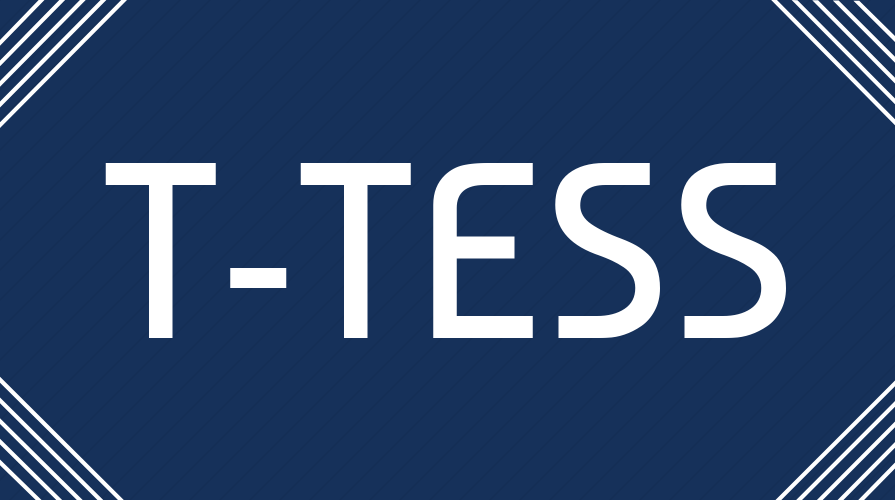T-TESS and Student Growth Measures
Student growth measures will be a required component of the Texas Teacher Evaluation and Support System (T-TESS) and locally adopted systems in the upcoming school year.
Student Growth Measures
Beginning with the 2018–2019 school year, student growth measures must be used to determine how a student progresses academically during his or her time with a particular teacher. Consideration must be given to a student’s beginning skill level and how much growth occurs over a period of instructional time. A baseline is determined for each student capturing what learning the student brought into the class and tailors the expectation for growth throughout the school year.
The state has developed a student learning objectives (SLOs) process that aligns with T-TESS. A district may use this process or any valid student growth measure, including process-based or assessment-based models.
Process-Based Model
Process-based student growth measures include SLOs and portfolios. Process-based models engage teachers in deliberate thinking as they answer fundamental questions about their instructional planning and delivery. Targeted skill levels are identified for each student and progress is monitored throughout the year using a questioning strategy to measure how the teacher’s instruction is moving each student towards the desired goal.
These models are less about scores and a single assessment and more about the instructional process leading to adjustments in practice and planning during the entire school year.
Portfolios are a good option for a teacher who works with students for shorter lengths of time or who have less responsibility for the education program. An art teacher or an alternative campus teacher are two examples, although this model may be used in a general classroom setting as well.
Assessment-Based Model
Assessment-based models focus on assessments as the basis for determining students’ levels of learning at the beginning and the end of the instructional year. Pre- and post-tests and value-added measures (VAM) on state assessment are examples of this model. The student’s learning is quantified prior to instruction occurring, may be benchmarked intermittently during the year, and measured once more at the conclusion to determine what growth occurred. These models are objective and standardized, providing greater comparability across campuses.
VAM may be calculated using different approaches. For a district using VAM, time must be spent determining how measures will be calculated and what procedures will be used for determining the measure. Districts also must determine the scope of the assessments, length, whether the pre- and post-test will be the same, and whether the assessment accurately measures what it is intended to measure.
T-TESS Alignment
T-TESS was developed as a continuous improvement model to provide feedback to teachers for guiding successful instructional practices. Having conversations throughout the year in a coaching format identifies teacher strengths and areas for development. Student growth measures serve the same purpose and support T-TESS in providing feedback continuously, so a teacher may make adjustments to instructional practices to increase student achievement.
The Texas Education Agency (TEA) has created non-regulatory Guidance on Student Growth in T-TESS to support districts as they determine which student growth measures best meet their needs. Education Service Centers (ESCs) are offering SLO trainings this spring and summer to districts wishing to implement a process-based model for student growth.

Karen Dooley
Karen Dooley joined HR Services in 2016. She provides oversight to a team of consultants providing staffing services, HR reviews, and other projects. She provides training and assists school districts with their HR-related needs. Dooley is a seasoned administrator with more than 17 years of HR experience in Central Texas districts as a coordinator, director, and assistant superintendent. She also worked as an assistant principal, counselor, and teacher, and holds a superintendent certificate.
Dooley received her master’s degree from Prairie View A&M University and her bachelor’s degree from Texas State University.
HR Services

Subscribe to HRX
Stay up to date with all the latest HR news and trends by joining the HRX mailing list!




